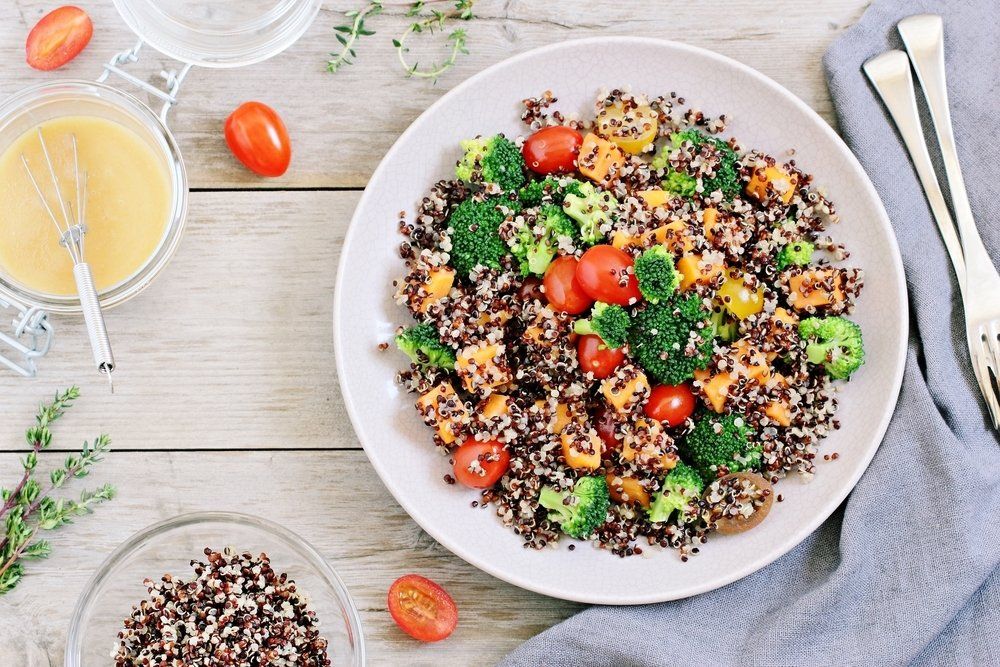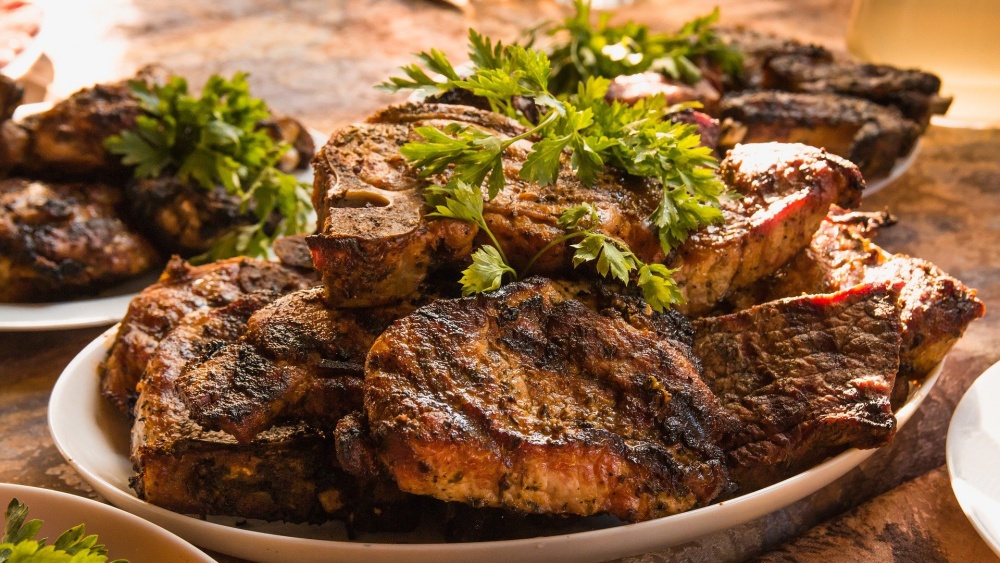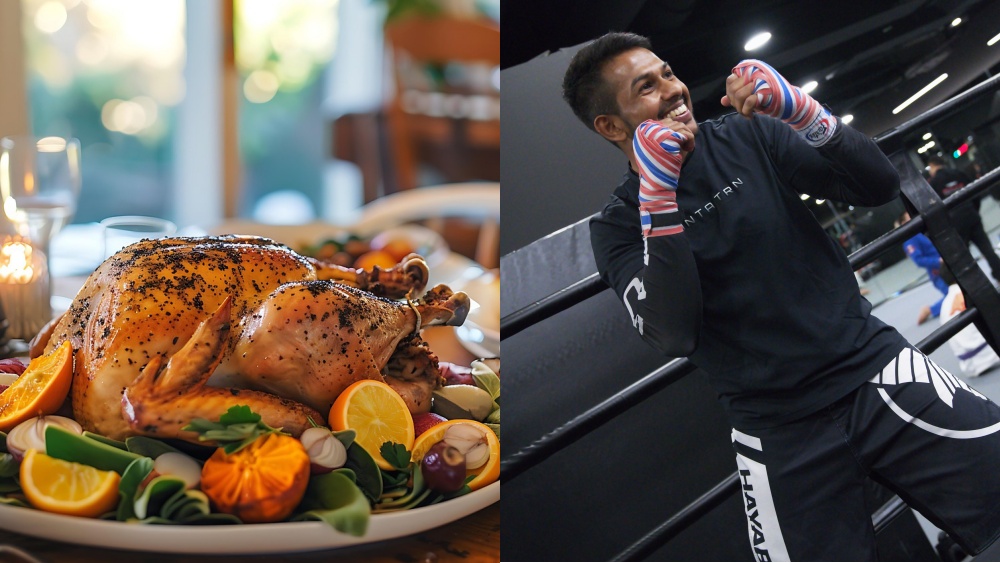Congratulations on all your hard work adding muscle mass to your frame. You’ve been disciplined enough to stick to a workout routine, diet, and lifestyle changes. You’ve developed muscles you never even knew you had, but you also picked some extra fat. No worries, that’s a normal part of the bulking process. It’s virtually impossible to build muscle mass without gaining some fat along the way.
It comes down to the formula you probably used to gain muscle. You consume more calories than your body needs daily to build bigger muscles. You’ll now have to reverse that formula to get rid of the extra fat on your frame. You have to consume fewer calories than your body needs daily to force it to use the fat deposits on your body for energy. Of course, you want to do that without losing a significant amount of the muscle you’ve just added to your frame. The practice is known as “cutting.”
Everything You Need To Know About Cutting Weight
Cutting weight should not be confused with crash diets that involve starving yourself. The practice involves gradually reducing your energy intake and taking a slightly different approach to your workouts.
Competitive martial artists, fitness competitors, and professional athletes go through bulking and cutting phases all year round. They do it to build muscle and then get rid of the excess fat.
Hypertrophy (muscle growth) occurs when you regularly have a caloric surplus. There’s no way around that, so some fat gain is unavoidable when bulking. Since fat loss requires the reverse, you’ll have to burn more calories than you take in to get rid of excess fat on your frame.
Cutting weight is about getting rid of fat while minimizing muscle loss. You do this by gradually reducing your calorie intake so your body isn’t forced to break down muscles for energy. Avoid crash diets or consuming unhealthy foods when cutting since that increases the chances of muscle loss. Crash diets also have potential health risks, like impaired heart function and arrhythmias.
A better approach would be to slowly reduce your daily calories while burning more calories via exercise. Your diet should be high in protein to keep your metabolism up and preserve lean muscle mass. Keep your diet as clean as possible when cutting weight. Avoid processed foods, especially those with added sugars, and stick to whole, minimally processed options.
Let’s take a more detailed look at the different steps involved in the cutting process:
1) Draft Your Cutting Plan
The first thing you should do when looking to cut fat is to determine how many calories you’ll need to consume daily to lose weight. There are countless apps and online calculators you can use to determine what your daily calorie intake should be. Find out what the number is, and start your cut by aiming for about 300 calories below it. You want to avoid putting your body in starvation mode, which leads to muscle tissues being broken down for energy.
You should also make some tweaks to your fitness program when starting your cut. Add more cardio or sign up for high-intensity activities like Brazilian Jiu-Jitsu, Muay Thai, Judo, Boxing, or HIIT classes. Some of these activities burn up to 1,000 calories for every hour you spend training. That gives you much more leeway with your diet when burning that many calories. High-intensity activities improve your body composition and increase fat oxidation. When done for comparable lengths of time, these activities yield better results than steady-state cardio activities, like running, cycling, and swimming.
Minor changes to your weightlifting routine also help to preserve muscle mass. Consider adding supersets, pyramid sets, and drop sets to your training. Drop sets, in particular, are useful since they allow you to work your muscles to failure safely. These changes are not absolutely necessary, but they do help a bit. The main thing is you don’t stop your resistance training activities when cutting weight. This keeps your body in the muscle-building zone.
2) Modify Your Diet

You might have been indulging in sodas, candy, and ice cream while bulking, but you’ll have to clean your diet up when cutting. Eating clean is even beneficial when bulking; junk foods only make it easier to reach your daily caloric surplus.
Modify your diet by swapping simple sugars and carbs with complex carbohydrates. Legumes, fruits, wild rice, and vegetables are examples of healthy food options. Keep them to a minimum; carbs should be no more than 20 percent of each meal. Skip them all together for some meals. For protein, stick to lean meats, eggs, and low-fat dairy. Add unrefined vegetable oils to your diet by consuming avocado, nuts, and seeds in moderation.
Eating healthier foods makes it easier to lose fat, and it gives your body a break from the stress from all the processed foods you consumed while bulking up put on your body. Processed foods are linked to serious health issues like cancer, obesity, dyslipidemia, and high blood pressure.
3) Load Up On Protein

It’s easy to lose strength and muscle when cutting weight if you don’t consume enough protein. Low-calorie diets can lead to a 30 percent reduction in lean body mass. Strength training and eating enough protein cancel out this effect.
Try to consume at least two grams of protein for each kilogram you weigh. Spread your protein intake evenly throughout the day so your body constantly has what it needs to preserve your muscle mass. Protein shakes and bars are an easy way to get a decent amount of protein in your body without much preparation. Consume lean meats, eggs, fish, or dairy products every meal. Vegans should focus on beans, lentils, tofu, and green peas as their primary protein sources.
4) Save Your Carbs For After Workouts

When you consume carbs impacts how your body uses them. For example, carbs consumed late at night are more likely to be stored as fat since you don’t use much energy at night. A better approach is to save most of your carbs for after your workouts.
Carbs consumed after workouts won’t be stored as fat. Instead, they’ll be used to replenish your glycogen stores, leading to faster muscle growth and recovery. Aim to consume about 60 grams of carbs and 40 grams of protein after workouts.
You may also like:
Intermittent Fasting: A Complete Guide & Why You Should Try It

















